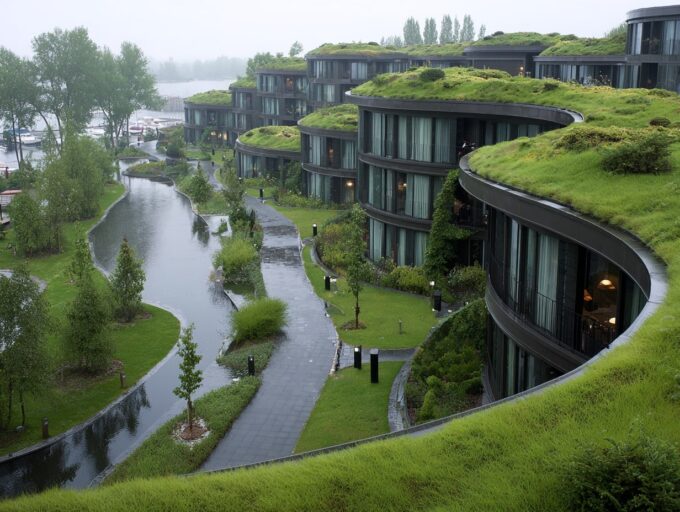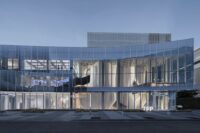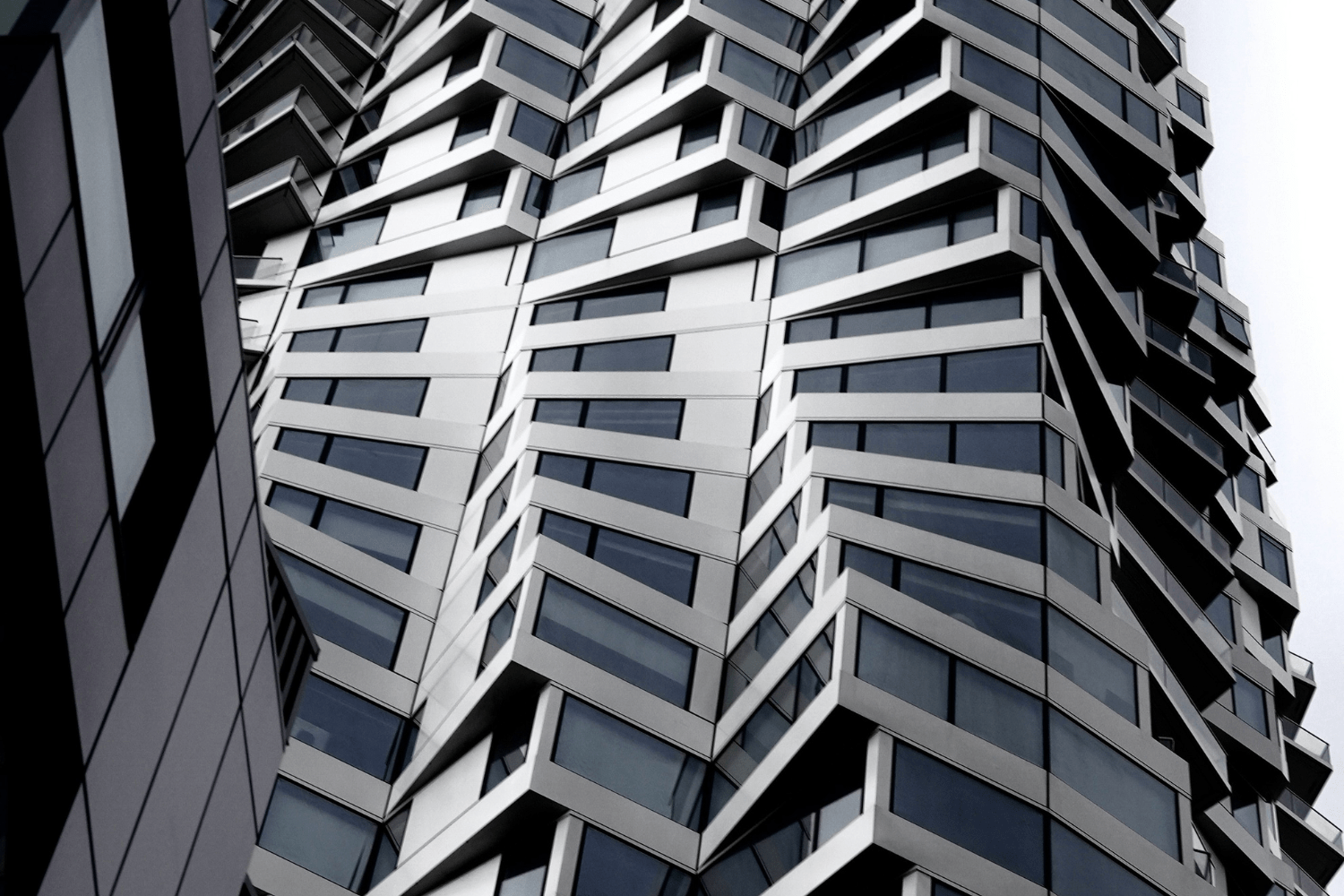- Home
- Articles
- Architectural Portfolio
- Architectral Presentation
- Inspirational Stories
- Architecture News
- Visualization
- BIM Industry
- Facade Design
- Parametric Design
- Career
- Landscape Architecture
- Construction
- Artificial Intelligence
- Sketching
- Design Softwares
- Diagrams
- Writing
- Architectural Tips
- Sustainability
- Courses
- Concept
- Technology
- History & Heritage
- Future of Architecture
- Guides & How-To
- Art & Culture
- Projects
- Interior Design
- Competitions
- Jobs
- Store
- Tools
- More
- Home
- Articles
- Architectural Portfolio
- Architectral Presentation
- Inspirational Stories
- Architecture News
- Visualization
- BIM Industry
- Facade Design
- Parametric Design
- Career
- Landscape Architecture
- Construction
- Artificial Intelligence
- Sketching
- Design Softwares
- Diagrams
- Writing
- Architectural Tips
- Sustainability
- Courses
- Concept
- Technology
- History & Heritage
- Future of Architecture
- Guides & How-To
- Art & Culture
- Projects
- Interior Design
- Competitions
- Jobs
- Store
- Tools
- More
Top Tips for Finding Architectural Concepts for Facade Design

Creating a captivating facade is more than just a cosmetic endeavor; it’s a crucial element that defines the identity and character of a building. As architects, we understand that a well-designed facade not only enhances the aesthetic appeal but also harmonizes with the surrounding environment and existing architectural styles. The facade serves as the first impression, making it essential to approach its design thoughtfully and creatively.
Finding the right architectural concept for a facade involves a blend of creativity, functionality, and contextual awareness. We need to consider factors like the time period, climate, and local materials to ensure our design is both beautiful and practical. Whether we’re incorporating traditional elements or modern innovations, our goal is to create a facade that stands out while seamlessly integrating with its surroundings. In this article, we’ll explore some effective tips to help you discover the perfect concept for your next facade design project.

Table of Contents
ToggleUnderstanding the Basics of Facade Design
Importance of Facades in Architecture
Facades are critical components in architecture. They serve as the building’s face to the world, influencing how it’s perceived. An effective facade design enhances the overall identity of the structure. It harmonizes with the surrounding environment, reflecting the architectural style of the region. More than aesthetics, facades impact a building’s functionality. They play a role in energy efficiency, providing insulation and facilitating natural light. Our aim is to create facades that are not only visually appealing but also practical.
- Material Selection: Choosing the right materials is fundamental. Durability, local climate, and intended aesthetic all influence this choice. For instance, stone cladding suits traditional designs, while glass panels align with modern architecture.
- Color Palette: Colors set the tone for the facade. Complementary hues blend with the environment, while contrasting colors create bold statements. Consider the overall mood a facade should convey.
- Texture and Form: Texture adds depth to the facade. Smooth surfaces like polished stone offer a sleek look, while rough textures such as brick or stucco provide a rustic feel. The form, including geometric shapes and patterns, creates visual interest.
- Architectural Features: Incorporating elements like balconies, windows, and doors can enhance a facade’s functionality and appeal. These features should match the building’s style and address practical aspects like ventilation and natural light.
- Sustainability: Sustainable design is increasingly crucial. Using eco-friendly materials and incorporating green technologies like solar panels can improve the facade’s environmental impact.
Understanding these key elements helps us design facades that are both aesthetically pleasing and functional. By selecting the right materials, colors, textures, and features, we create buildings that stand out and serve their intended purposes effectively.
Developing Architectural Concepts for Facades
Analyzing Site and Environmental Context
Understanding the site and environmental context is crucial for facade design. The local climate, weather patterns, and surrounding architecture all influence the facade’s effectiveness and appearance. For instance, buildings in hot climates often incorporate shading devices and reflective materials to reduce heat gain. We also consider the orientation of the building to maximize natural light while minimizing glare and heat. Analyzing the site’s historical and cultural context helps ensure the design complements existing structures and aligns with local architectural styles.
Integrating Building Function and User Requirements
A facade should not only be visually appealing but also functional. By integrating the building’s purpose and user needs, we create a design that enhances usability and experience. For example, commercial buildings might require large windows for display purposes, while residential buildings might prioritize privacy. Understanding the activities inside the building guides the placement of windows, doors, and other elements. User requirements also dictate the choice of materials, such as sound-insulating panels for a building near a noisy street or energy-efficient solutions for sustainable design.
Exploring Building Typology and Form
The building’s typology and form significantly impact the facade design. Different building types, such as offices, museums, and residential complexes, have unique requirements and styles. We analyze these typologies to derive appropriate design elements. For instance, an office building might feature a sleek, modern facade with glass and steel, while a museum might use more expressive forms and materials to reflect its cultural significance. The form of the building, including its height, volume, and geometric shapes, influences the facade’s rhythm and proportion, ensuring a harmonious and cohesive design.
By thorough analysis, precise integration, and typology exploration, we develop architectural concepts that result in facades that are both functional and aesthetically engaging.

Creative Approaches to Facade Design
Simplification and Symmetry
Simplification and symmetry in facade design eliminate unnecessary complexities and create balance. Symmetrical facades present a harmonious and orderly appearance by mirroring design elements on both sides. Simplified designs focus on essential forms and materials, avoiding excessive decoration. This approach enhances visual clarity and supports structural integrity. For example, the minimalist use of glass and steel can evoke a sleek, modern aesthetic.
Engagement with Surroundings and Materials
Engagement with surroundings and materials ensures that designs resonate with their context. Using local materials and existing architectural styles creates harmony between the facade and its environment. This approach considers climate, ensuring that materials are durable and suitable for local weather conditions. For instance, incorporating wood in a rural setting fosters a connection with nature while using stone in an urban setting can blend with nearby buildings.
Innovation in Color and Texture
Innovation in color and texture adds dynamic visual interest to facades. Employing diverse textures like metal, wood, and glass creates contrast and depth. Bold color choices highlight architectural features and convey different moods or functions. For example, a vibrant color palette can make a commercial building stand out, while subtle tones may suit residential projects. By mixing textures and colors, designers can craft unique facades that capture attention and enhance the building’s identity.
Practical Tips for Concept Development
Using Diagrams and Sketches
Utilizing diagrams and sketches can significantly streamline the facade design process. These visual tools help us quickly iterate ideas and explore different configurations before committing to a specific design. For instance, a simple sketch can illustrate potential design patterns, while detailed diagrams can map out material placements and structural elements. This iterative process fosters creativity and ensures practicality by allowing us to identify potential issues early on. Additionally, employing software designed for architectural sketches can enhance the accuracy and detail of these visualizations, contributing to a more efficient workflow.
Incorporating Feedback and Iteration
Incorporating feedback is essential for refining facade designs. By gathering input from stakeholders, including clients and colleagues, we can ensure that our designs meet both aesthetic and functional requirements. Iteration based on feedback helps us evolve initial concepts into fully realized designs that align with user expectations and project goals. For example, presenting preliminary sketches to a focus group can provide insights into public perception and usability, which are critical for successful architectural projects. Continuous iteration and refinement, guided by constructive feedback, lead to more innovative and effective facade designs.

Conclusion
By following the tips and strategies discussed, architects can create facades that not only enhance a building’s aesthetic appeal but also meet functional requirements. Conducting a thorough site analysis ensures the design fits the climate and utilizes local materials effectively. For instance, incorporating natural stone in regions where it is abundant not only reduces costs but also integrates the building with its surroundings.
Using diagrams and sketches early in the conceptual phase helps visualize potential designs. These tools, including software like the ones reviewed on Arch2O, streamline the design process, allowing architects to experiment with various ideas quickly. This phase should focus on visual interest, incorporating a mix of textures and patterns. As seen in many external cladding examples, combining materials like wood, stone, and metal can create dynamic and engaging facades.
Stakeholder feedback is crucial for refining designs to ensure they align with the project’s goals. Iterative feedback sessions help fine-tune aesthetic details and functional aspects, resulting in a facade that resonates with users and stakeholders alike. In gallery and museum designs, for example, circulation patterns directly influence how visitors experience the space, highlighting the need for thoughtful planning.
According to the Australian Bureau of Statistics, thorough planning can prevent overspending, often resulting in a 14% cost overrun on residential projects. Therefore, integrating cost considerations during the design phase is essential to adhere to budgets without compromising on quality.
The process of architectural concept finding for facade design involves a blend of creativity, practical planning, and continuous refinement. By leveraging tools and stakeholder insights, architects can deliver facades that are both visually striking and functionally sound, ultimately enhancing the user experience and meeting project objectives effectively.
- Architectural Aesthetics
- Architectural creativity
- Architectural Design Concepts
- Architectural facade inspiration
- Architectural Inspiration
- building facade ideas
- contemporary interior design
- facade design tips
- functional interior concepts
- innovative facade concepts
- innovative space design
- interior decor ideas
- interior design styles
- interior renovation tips
- modern facade design
Submit your architectural projects
Follow these steps for submission your project. Submission FormLatest Posts
How Facades Tell Cultural Stories
How facades tell cultural stories—decode symbols, materials, and climate cues with regional...
Top 10 Examples of Dynamic Facade Designs Around the World
Dynamic facades are transforming contemporary architecture with systems that move, react, and...
8 Trends in Dynamic Facade Design You Need to Know
Dynamic façades are reshaping contemporary architecture by responding to climate, light, and...
Transform Ordinary Facades Into Striking Designs With These Key Upgrades
When it comes to enhancing the appearance of a home, few aspects...











Leave a comment